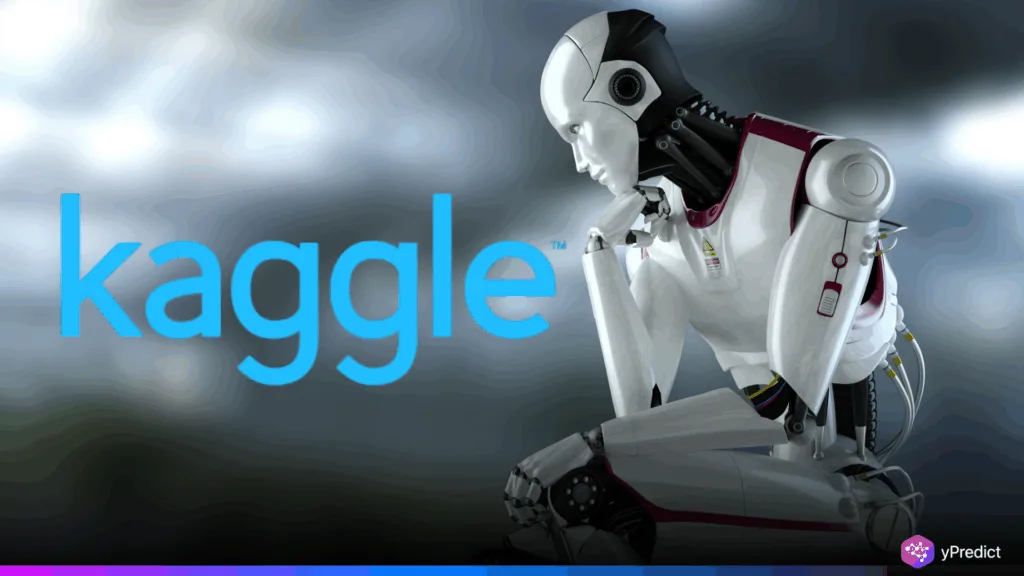
Eric Jang, a leading voice at robotics company 1X, has outlined an ambitious roadmap for advancing physical AI. In his latest perspective, he draws an interesting parallel between competing in Kaggle competitions and teaching robots to understand the real world. Much like Kaggle, where success relies on intuitively modeling the data distribution behind the competition, 1X’s strategy centers on deploying numerous robots across varied environments to train the 1X World Model (1XWM). By reverse-engineering the data-generating process, the company aims to create a more robust framework for general-purpose robots, setting the stage for breakthroughs in physical intelligence.
Kaggle Lessons for Physical AI
Eric Jang’s analogy between Kaggle competitions and robotics isn’t just clever; it highlights a foundational insight into AI development. In Kaggle, the challenge is not merely training a classifier but inferring the rules of the system generating the dataset. Competitors who succeed on Kaggle do so by building models that replicate this hidden process, outperforming traditional methods by better mirroring reality. Jang proposes the same solution for robotics: investing in the data-generating environment itself.
At 1X, this means deploying fleets of robots into real homes, public areas, and workplaces. Collecting unfiltered, raw sensor data allows the 1X World Model (1XWM) to act much like a seasoned Kaggle model, shaping predictions based on the underlying distribution rather than narrow rules. This contrasts with many robotics approaches that depend heavily on pre-curated datasets or fixed simulations. By “living in the data,” robots can generalize across widely differing conditions in the same way that the best Kaggle solutions generalize on unseen test sets.
The repeated emphasis on Kaggle underscores Jang’s point: winning on Kaggle is about mastering complexity, not just optimizing scores. For robotics, the reward is potentially far greater, a leap toward adaptable, task-flexible machines learning from the world itself.
Toward a World Model for Robotics
At the heart of Jang’s strategy lies the 1X World Model (1XWM), a system designed to capture the full generative process of real-world interactions. Unlike narrow robotics models that succeed only in structured tasks, 1XWM aims to approximate the world distribution itself. By replicating how objects move, how environments shift, and how humans interact with tools, it aspires to achieve the equivalent of a Kaggle grandmaster solution, uncannily robust in unfamiliar situations.
This direction mirrors a broader shift in AI. While large language models trained on internet text benefit from abundant datasets, robotics lacks anything close to that scale. Kaggle-style thinking fills the gap: just as each new Kaggle dataset forces participants to adapt creatively, each deployment of 1X robots adds another dimension to the training pool. By scaling deployments, 1X hopes to discover “scaling laws” for robotics, much as NLP researchers have established for large models.
Of course, challenges remain. Generative systems risk absorbing biases from uncontrolled data, much like a poorly executed Kaggle solution can overfit to leaderboards. But with modern simulation platforms and compute resources, controlled validation is possible. If successful, 1XWM could represent robotics’ version of achieving a Kaggle-winning insight on a global scale.
Conclusion
Eric Jang’s Kaggle-inspired vision reimagines the future of robotics by reframing robot learning as an exercise in mastering data-generating processes rather than solving one-off tasks. Just as Kaggle competitions reward competitors who look beyond surface-level patterns, 1X’s strategy emphasizes deploying robots into the complexity of the real world to build a model that reflects reality itself. This shift away from pre-collected data toward living, evolving world models could mark a critical turning point in physical AI. If realized, it might lead to the long-anticipated breakthrough where robots achieve adaptability akin to human-level generalization.






